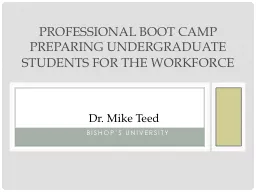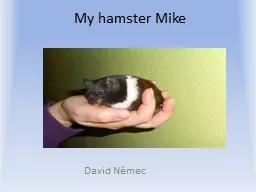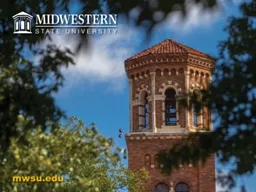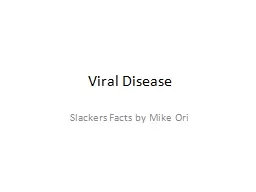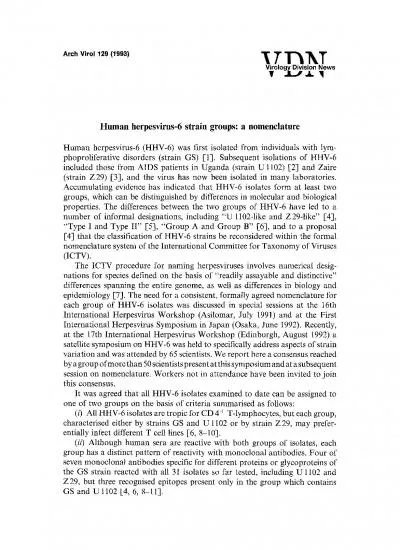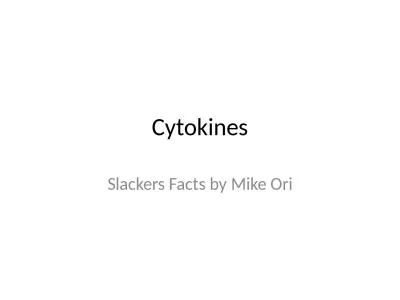PPT-Basic Virology Slackers Facts by Mike
Author : angelina | Published Date : 2023-07-07
Ori Disclaimer The information represents my understanding only so errors and omissions are probably rampant It has not been vetted or reviewed by faculty The source
Presentation Embed Code
Download Presentation
Download Presentation The PPT/PDF document "Basic Virology Slackers Facts by Mike" is the property of its rightful owner. Permission is granted to download and print the materials on this website for personal, non-commercial use only, and to display it on your personal computer provided you do not modify the materials and that you retain all copyright notices contained in the materials. By downloading content from our website, you accept the terms of this agreement.
Basic Virology Slackers Facts by Mike: Transcript
Download Rules Of Document
"Basic Virology Slackers Facts by Mike"The content belongs to its owner. You may download and print it for personal use, without modification, and keep all copyright notices. By downloading, you agree to these terms.
Related Documents


